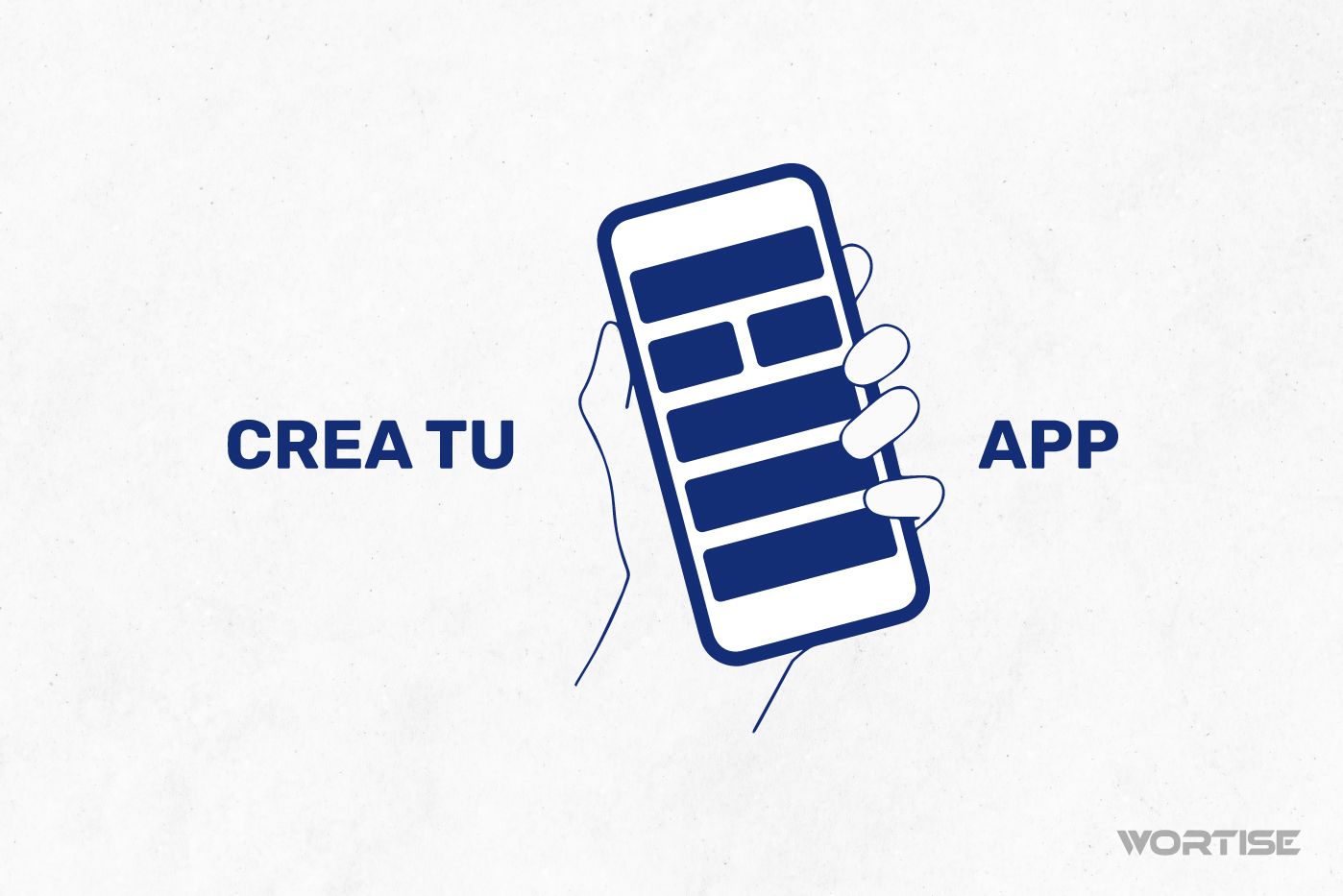Do you know how many users are actually using your application? Ignoring these metrics or simply not giving them the attention they deserve is a big mistake that can affect your user retention and growth strategies. That’s why it’s crucial to understand MAU and DAU, as well as the tactics you can employ to enhance the ratio of active users in your mobile app.
Companies like Facebook, Instagram, and TikTok take these numbers very seriously to gauge how many users are engaged with their apps and, based on that, work on designing retention strategies and new updates. It doesn’t matter how big or small an app is; all apps should continuously monitor the users who interact with them daily and monthly.
In this post, we want to talk about MAU and DAU, their significance, how to calculate them, and other valuable tips that will help you increase the number of active users in your app.
What Are MAU and DAU?
It might sound like a musical duo, but it’s something even more powerful. MAU and DAU are statistics used in the world of apps to determine the number of monthly active users (MAU) and daily active users (DAU).
Monthly Active Users (MAU) measure the number of users who use the app at least once in a 30-day period, making it suitable for evaluating its reach and popularity. Daily Active Users (DAU) serve the same purpose but within a 24-hour timeframe.
Both metrics are vital for understanding an application’s performance and adoption. For example, if you notice that after a certain change in your app, the number of daily or monthly active users has decreased, there’s clearly something that didn’t work as planned. Perhaps your app no longer meets certain needs or requires new features.
In essence, comparing MAU and DAU can help assess the loyalty of your users and their level of engagement with your app.
Should You Analyze Them Frequently?
Yes, definitely.
Many of your in-app strategies will rely on the data provided by MAU and DAU, especially if you want to increase the number of downloads or encourage users to spend more time in your app.
How to Calculate MAU?
To calculate MAU, you’ll need to count the number of active users during a one-month period.
Ideally, you should always compare the current month’s MAU with the previous month’s to determine if your app has grown or not. To successfully calculate MAU, follow these steps:
#1 Identify Unique Users: Begin by tracking and recording user activity in the app during the chosen period. Then, count the total number of unique users who interacted with the app in that period, even if it was only once.
#2 Exclude Duplicates: Do not count the same user more than once in your tally. In other words, if a person interacts with your app multiple times during the period, count them as a single unique active user.
#3 Calculate MAU: Once you’ve counted the total number of unique users during the selected period, you have the MAU.
You can express MAU as an absolute number or as a percentage when considering the total number of registered users in your app.
It’s also important to note that some apps consider a user active only when they log in, regardless of whether they perform any other interactions. Others require the user to take a specific action within the app.
The key to success is not just calculating MAU but continuously tracking it to get more accurate data and notice any fluctuations or deficiencies in user interactions.
How to Calculate DAU?
Calculating DAU is similar to calculating MAU, except you choose a specific day to calculate instead of a whole month.
Let’s imagine you chose November 1st as your period. Then, track user activity, excluding duplicates, for that day.
Since DAU is a metric that updates daily, it’s common for the values to vary significantly from one day to the next.
When to Use MAU and DAU?
The consistent use of these metrics depends entirely on the type of application you have. For example, if you have a news app, it’s obvious that you update the content frequently, which theoretically means that users interact with it regularly to stay informed about current events.
The same applies to apps related to exercise and fitness, where users often open them frequently to follow a specific routine.
However, if you have an app that prioritizes long-term user retention, MAU would be more suitable because it allows you to see how committed your audience is to your proposition.
The advantage of MAU is that you can also view user interactions on a weekly or biweekly basis.
Let’s suppose you have an app for booking rooms in a paradisiacal tourist destination. Unlike the news app, people don’t travel every day, so you won’t have the same flow of daily active users as an app focused on journalism.
Nevertheless, by measuring MAU, you can determine how many people interacted with your app in a month, and from that number, it’s easier to assess how many ended up booking a room, purchasing your products or services, or simply taking an action within the app. This way, you’ll have a clear picture of user retention.
The Importance of MAU and DAU
Although the intention behind these metrics is to measure user engagement, their interpretation can be seen as a valuable resource for assessing a company’s current situation.
Is there a lot of interaction? Then the company is doing well. Are the numbers not increasing month after month? Something is amiss. Are there fewer active users each time? Red alert!
Tips to Improve Your Mobile App’s Active User Ratio
#1 Offer an Engaging User Experience
Users in this era are enamored with intuitive, fast, minimalist, and modern applications. So, don’t let your app be slow and outdated, which can drive users away instead of captivating them.
Take the task of designing an appealing interface with valuable features seriously. Pay attention to every detail, every color, and use words that enhance the user experience.
#2 Make Updates and Improvements
To increase the ratio of active users in your app, you must continually provide new updates. Look at Free Fire; its developers are experts at enhancing the gaming experience regularly.
Ensure effective communication about these updates and improvements, especially the features you’ve added. Use push notifications, email marketing, and social media (if applicable) to notify users about changes.
Users love encountering updates that improve their user experience.
#3 Personalize the User Experience
This point is so crucial that you cannot take it lightly. Personalized strategies always work.
Utilize user data, which you can collect within your app or through a mediation platform, and make comparisons. See what users prefer, which section of your app they interact with the most, among other points.
Even the MAU and DAU data themselves will provide hints to help you understand your audience better. Here’s a secret: the more relevant and tailored the experience is for each user, the higher the chances they’ll return to using your app.
#4 Create a Continuous Interaction Environment
Marketing experts advise businesses to interact with users on Instagram and Facebook to build a community, grow, and reach more people. In the world of mobile apps, this is practically the same.
Design your app in a way that encourages people to participate actively. You can add discussion forums (depending on your niche), comment sections, rewards for challenges, referral coupons, and more.
#5 Optimize Your App’s Performance and Speed
Imagine logging into an app, and it takes a minute to open. It’s torture! No one wants to wait longer than necessary.
A subpar application is complicit in its own demise. Therefore, ensure it’s fast and responds smoothly to loading times.
You can conduct performance tests, improve the code, and reduce common errors. Under no circumstances should you allow users to have a bad experience and uninstall your app.
#6 Listen to Your Users and Address Their Suggestions
Have you ever read app reviews on the Google Play Store? Many of them have praise for the apps but also suggestions and criticisms. Don’t ignore any of them!
If many users share a particular criticism or suggestion, it’s evident that there’s a weak point you should address as soon as possible. You can also conduct surveys and ask your users to leave feedback; this will help you gather valuable information to make intelligent changes.
Feedback from your users will be one of your greatest allies in innovating and creating an appealing, transparent, and secure space.
#7 Create Incentives
Who doesn’t like winning a prize or gaining access to exclusive offers? Therefore, take the initiative to create loyalty programs that reward both old and new users.
We’ve mentioned something about referral strategies, but you can also get straight to the point by offering special discounts, coupons, early access to new features, money, virtual points for purchasing equipment (if it’s a gaming app), and more.
#8 Never Stop Promoting Your App
If Facebook occasionally promotes its platform, why can’t you do it too? Launch marketing campaigns for social media and, of course, venture into programmatic advertising.
Leverage ad networks and ad mediation to showcase your app on others in the same niche, thus gaining visibility and attracting potential users.
Reach premium users and add more value to your app with Wortise
Hello, Publisher! At Wortise, we help you achieve better profitability for your app with our advanced ad network mediation platform featuring over 100 Ad Networks.
With Wortise, you can achieve a high fill rate and reach premium advertisers, allowing you to earn up to twice the eCPM compared to Google AdMob.
We apply strategic hyper-segmentation and offer personalized support to ensure your monetization strategies never stop.




